
- Shandong Loyal Industrial Co.,Ltd.
- SHORT-CUT PASTA PRODUCTION LINE LONG-CUT PASTA PRODUCTION LINE INSTANT PASTA PRODUCTION LINE
Home> Application> Enhancing Efficiency: Full Automation in Dry Pasta Manufacturing for Optimal Results

Enhancing Efficiency: Full Automation in Dry Pasta Manufacturing for Optimal Results
Enhancing Efficiency: Full Automation in Dry Pasta Manufacturing for Optimal Results
Introduction
Shandong Loyal Industrial Co., Ltd. has incorporated advanced technologies from TECHNOPAST and Lineapasta in the production of its macaroni.In the dynamic realm of dry pasta manufacturing, the adoption of full automation stands as a pivotal turning point. The significance of this shift lies in its potential to revolutionize traditional practices and address the evolving challenges faced by dry pasta manufacturers. This introduction aims to unveil the transformative impact anticipated from complete automation, promising optimal results for the industry.

Technological Advancements in Dry Pasta Manufacturing
To comprehend the current landscape, we embark on a historical journey, exploring traditional methods employed in dry pasta production. The narrative then shifts towards the forefront of innovation, where cutting-edge technologies shape the industry's future. With a keen emphasis on the role of complete automation, we delve into how it enhances both efficiency and quality for dry pasta manufacturers.
As we examine the historical context of traditional methods, it becomes evident that the dry pasta manufacturing industry has evolved significantly. Traditional processes, though time-honored, often faced challenges in terms of efficiency, consistency, and scalability. This realization prompted a shift towards embracing technological advancements to overcome these challenges and revolutionize the way pasta is produced.
Full Automation Defined
What exactly does full automation entail in the realm of dry pasta manufacturing? This section provides a comprehensive definition, elucidating the key components and functionalities that distinguish fully automated systems. The focus here is on the anticipated impact, emphasizing how these systems streamline processes to ensure optimal results.
Full automation, in the context of dry pasta manufacturing, refers to the complete integration of advanced technologies to control and execute production processes without human intervention. This includes the use of robotics, artificial intelligence, and computerized systems working in tandem to handle tasks traditionally performed by human operators.
The key components of full automation encompass robotic arms, sensors, precision control systems, and data analytics. These components collaborate seamlessly, ensuring a synchronized and error-free pasta production process. The functionalities of fully automated systems extend beyond mere mechanization; they enable real-time monitoring, predictive maintenance, and adaptive adjustments to optimize every stage of the production line.

Integration of Artificial Intelligence and Robotics
In the heart of technological evolution, artificial intelligence and robotics drive innovation within dry pasta manufacturing. Through in-depth exploration, we uncover how these transformative technologies are successfully integrated by dry pasta manufacturers. By examining case studies, we gain insights into the transformative role these advancements play in optimizing pasta production processes.
Benefits for Dry Pasta Manufacturers
The implementation of full automation unfolds a spectrum of benefits for dry pasta manufacturers, ushering in a new era of efficiency and excellence. Streamlined workflows play a pivotal role, leading to a substantial increase in production efficiency. The precision and consistency achieved in pasta quality through full automation set a benchmark for industry standards, ensuring that every product meets the highest expectations.
Moreover, the positive impact extends beyond the production floor, as the reduction in environmental impact and resource consumption aligns seamlessly with sustainable practices. Full automation not only optimizes operational processes but also contributes to a more eco-friendly approach, marking a significant and positive shift for the entire dry pasta manufacturing industry. This dual focus on efficiency and sustainability positions manufacturers as stewards of both quality and environmental responsibility.
Real-world Applications and Success Stories
As we delve into real-world applications, the spotlight shifts to the success stories of dry pasta manufacturers who have embraced full automation. Concrete examples underscore the tangible benefits achieved, from heightened efficiency to notable advancements in sustainability. Case studies provide a closer look at the transformative impact on operational workflows, illustrating how full automation leads to optimal results.
The narratives are not mere anecdotes; they are powerful insights from the industry's front lines, where full automation has become synonymous with success. These compelling stories showcase how embracing technology has not only streamlined processes but also elevated the quality and sustainability standards within the dry pasta manufacturing landscape. Insights from industry leaders amplify the authenticity of these success stories, offering a firsthand account of the unique aspects and triumphs of their implementations.
Challenges and Solutions
As the industry pivots towards full automation, it encounters its set of challenges. This section diligently identifies potential hurdles faced by dry pasta manufacturers in adopting full automation. We then delve into innovative solutions designed to overcome these challenges, ensuring a smooth integration process. The delicate balance between achieving efficiency goals and maintaining sustainable, responsible manufacturing practices is explored, providing valuable insights for the industry's forward momentum.

Future Trends and Innovations
Peering into the future, this section anticipates the developments that will shape the landscape of automated pasta manufacturing. Exploring emerging technologies, we discuss the evolving role of full automation in defining the future for dry pasta manufacturers. The spotlight is on emerging trends and innovations that will continually drive improvement in the industry, setting the stage for sustained growth and innovation.
Conclusion
In the concluding chapter, we recapitulate the transformative impact of full automation on dry pasta manufacturing. The journey from embracing cutting-edge technology to overcoming challenges and envisioning future trends signifies an ongoing innovation towards more efficient, sustainable, and technologically advanced pasta production processes. As industry leaders continue to pioneer these changes, the future holds promise for a landscape where innovation and tradition harmoniously coexist, shaping the next chapter in the story of dry pasta manufacturing.
Contact Us

- Shandong Loyal Industrial Co.,Ltd.
- Telephone+86 13176674591
- Email[email protected]
- WhatsApp+86 13176674591
- WeChat13176674591
- AddressC623, Jiahui Global Plaza, No. 548, Beiyuan Street, Tianqiao District, Jinan City, Shandong Province
- Factory AddressADD -300m North of Zhangxia Industrial Park, Binhe Road, Zhangxia Town, Changqing District, Jinan
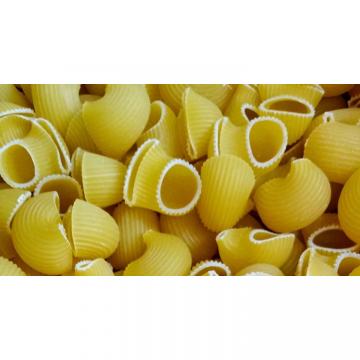

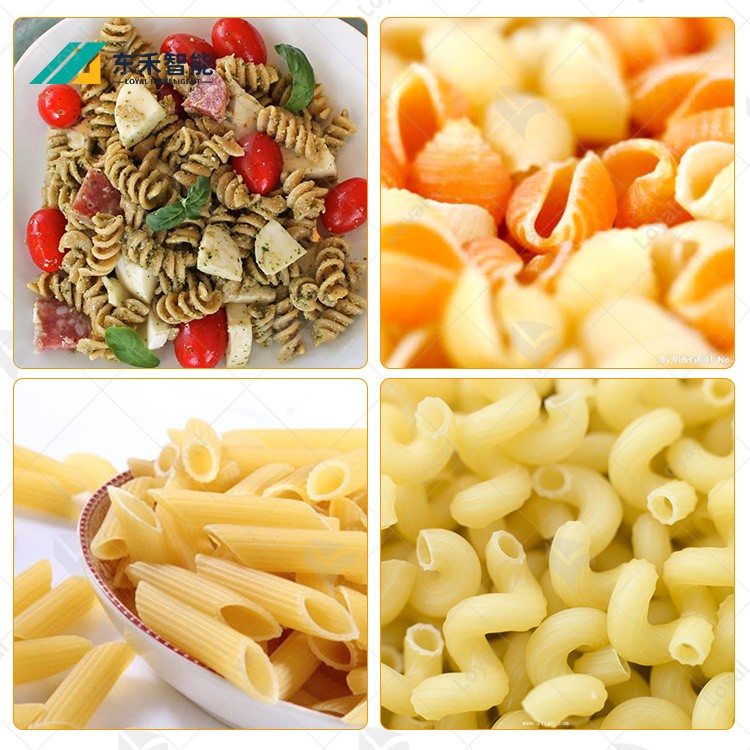

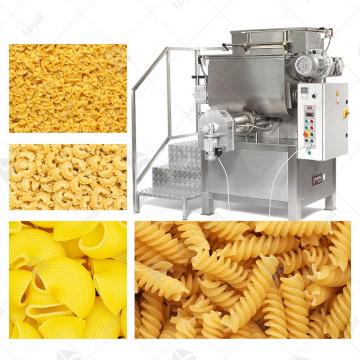
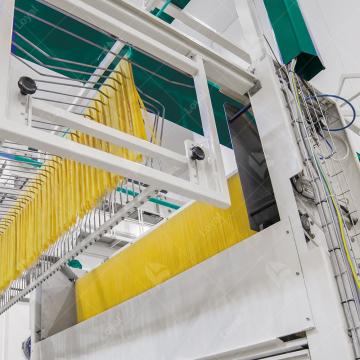 Long-Cut Pasta Production Line
Long-Cut Pasta Production Line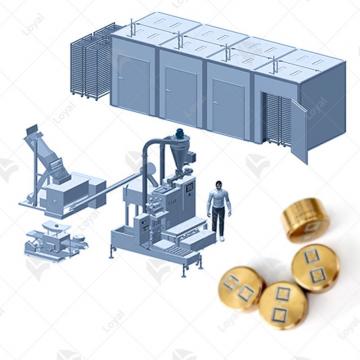 Combined Pasta Machine
Combined Pasta Machine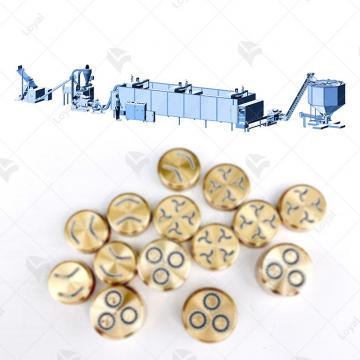 Pasta Processing Equipment
Pasta Processing Equipment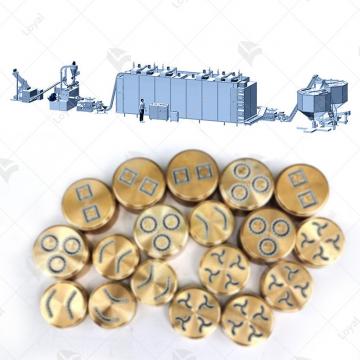 Macaroni Pasta Production Line
Macaroni Pasta Production Line